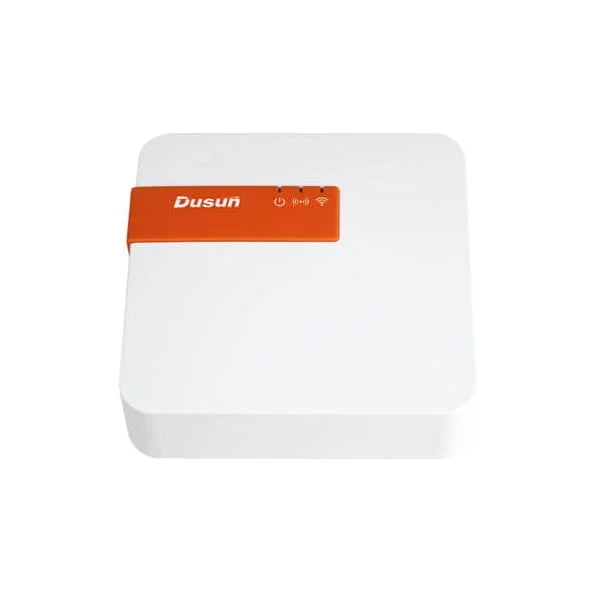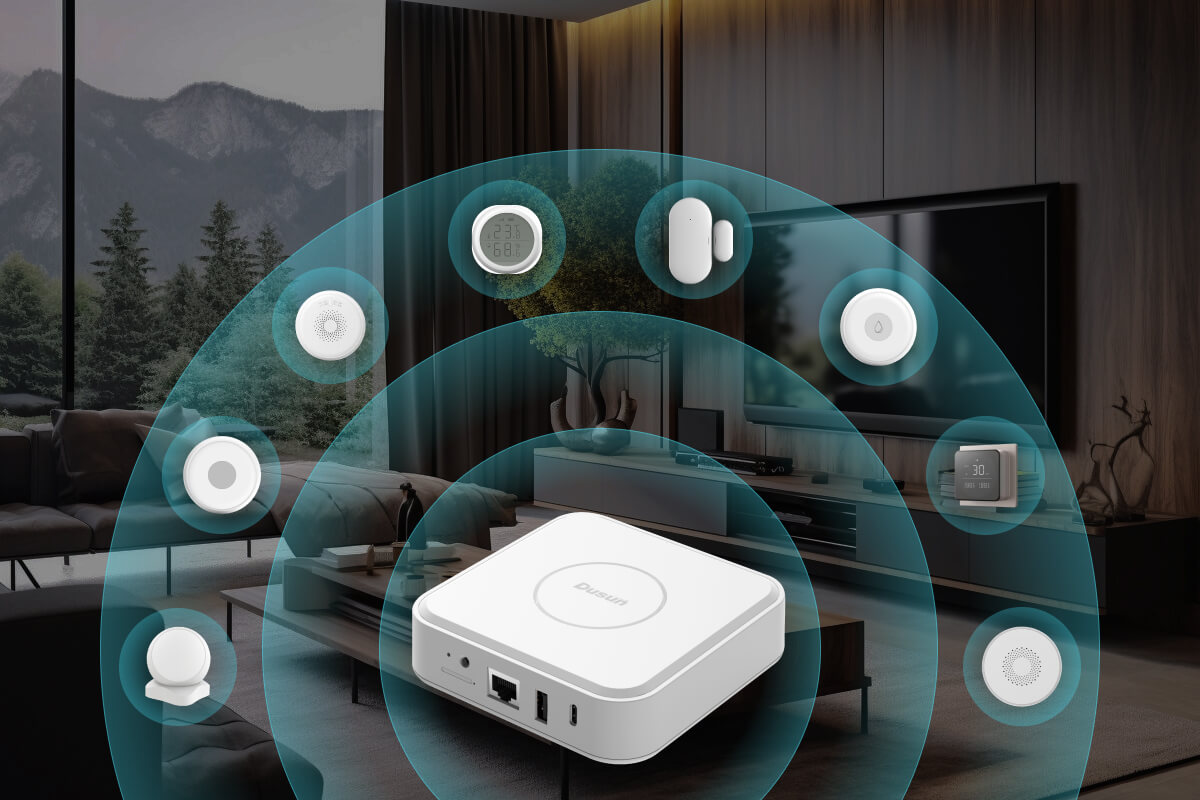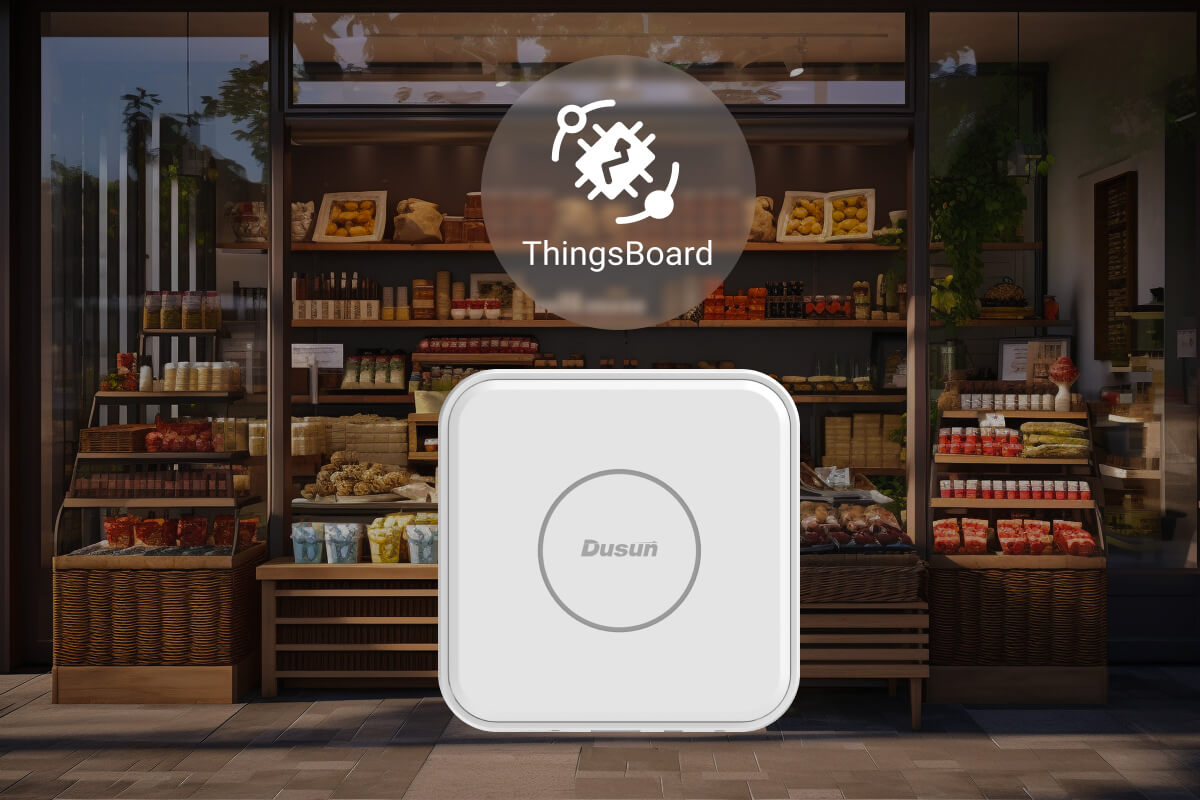Message bus and Ubus are two commonly used technologies in IoT gateway development for inter-process communication and service management. An IoT gateway is a highly customised computing device that provides a bridge to connect IoT devices and cloud-based services. It delievers secure and reliable communication, data processing, and device management between edge devices and the cloud. It can also perform local processing and decision-making, ensuring real-time responses to device events and reducing network latency. During these processes, it often involves sending and receiving messages. So, Which one should you use to develop your IoT gateway? Let’s see.
Message Bus
A message bus is a middleware layer that plays a vital role in enabling communication between different components of the IoT gateway system, allowing the integration of different protocols and data formats.
Types of Message Bus
- Publish-Subscribe
- Request-Response
- Message Queue, each with its own characteristics and use cases
Working Principle of Message Bus
Message bus operates on the publish-subscribe model, delivering messages to subscribers and providing a buffer to ensure message delivery even in challenging conditions.
Reasons to Use Message Bus in IoT Gate Development
Message buses are essential for ensuring a seamless flow of data between sensors, IoT gateways, and cloud-based applications. Moreover, they provide reliability and fault tolerance.
Ubus
Ubus is a message bus implementation specifically designed for embedded devices and OpenWrt gateway and routers. It is a lightweight and efficient inter-process communication mechanism that provides a simple API for exchanging messages.

Ubus is based on the D-Bus protocol and uses JSON-RPC as its serialization format. It supports multiple modes of transport, such as Unix sockets, TCP/IP, and TLS, and provides authentication and authorization mechanisms for secure communication.
Features of Ubus
Ubus has several features and capabilities, such as:
- Multi-instance support
- Event notifications
- Object introspection
- Automatic proxy generation
Ubus Architecture and How It Operates
Ubus architecture is based on a client-server model, where the client sends requests to the server and receives responses in return. The server exposes a set of objects and methods that can be accessed by the clients through the Ubus API. The server maintains a registry of objects and their methods and dispatches the requests to the appropriate object and method based on their paths and parameters. Ubus supports both synchronous and asynchronous modes of communication. Ubus operates by creating a daemon process that listens to the client’s requests on a Unix socket or a TCP/IP port. The clients can be local or remote. Its architecture is lightweight, flexible, and extensible.
Ubus in IoT Gateway Development
Ubus plays a crucial role in IoT gateway development by providing a lightweight and efficient message bus for communication between sensors and IoT gateway devices, and between gateway devices and cloud-based applications. Ubus enables the exchange of data and commands using a standardized API and protocol. Ubus allows for the triggering of actions on devices based on predefined rules or events, such as sensor readings or user input.
Ubus – The Future of IoT Communication
Ubus is considered the future of IoT communication due to its key characteristics, such as low overhead, low latency, and high throughput, making it suitable for resource-constrained IoT devices and environments. Ubus also supports multiple data types, message priorities, and error handling, making it a reliable and efficient messaging solution. Compared to other message buses, Ubus has a smaller memory footprint, faster message handling, and simpler implementation.
The importance of Ubus in future IoT development lies in its ability to facilitate the creation of innovative and customized IoT applications and services, leveraging the benefits of edge computing, machine learning, and real-time analytics. As the demand for IoT solutions continues to grow, Ubus is expected to play a pivotal role in enabling secure, scalable, and interoperable IoT ecosystems.
Explore: IoT gateway development
Conclusion
Message bus and Ubus technologies are commonly used in IoT gateway development for inter-process communication and service management. While message bus is a more general-purpose technology that can be used with a wide range of systems and protocols, Ubus is a lightweight and efficient option specifically designed for OpenWRT-based gateways. The choice between these technologies will depend on the specific needs and requirements of the IoT gateway projects.
















